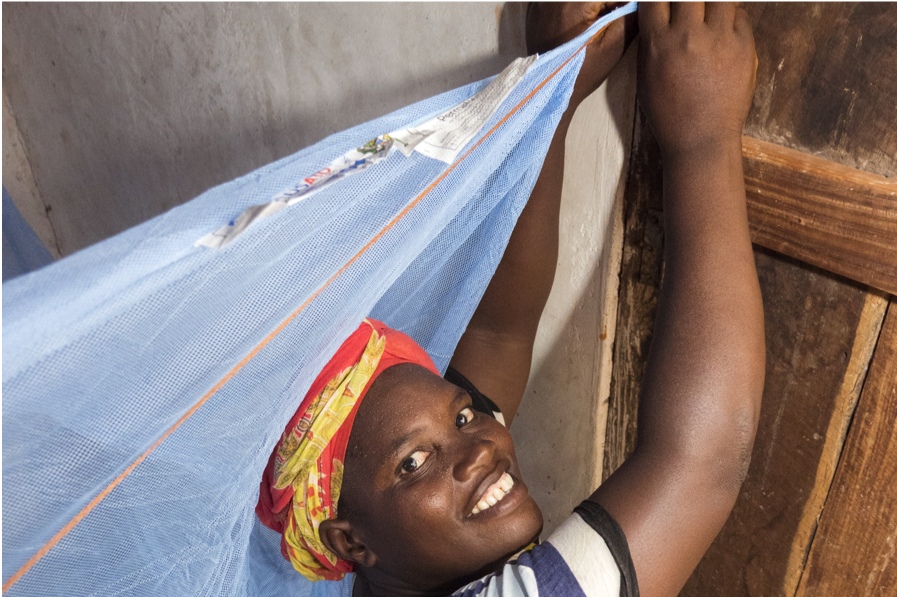
These bed nets which protect against malaria transmission, maintain effective levels of insecticide for at least three years, even after repeated washing.
Since their ideation by Sumitomo Chemicals in 1993 and global campaigns in the early 2000s, long-lasting insecticidal nets (LLINs) have been at the forefront of malaria prevention efforts. LLINs are distributed at no-cost through mass door-to-door campaigns, integrated into mass vaccination campaigns, and provided with routine health services such as antenatal care and immunizations. Prices of LLINs are kept low (between US$2-$3) because of scaled manufacturing capacity and greater competition, but also because of central global buyers' negotiated prices (e.g. the Global Fund, USAID's President's Malaria Initiative, and the World Bank). Unfortunately, greater use of LLINs has also led to growing insecticide resistance in malaria vectors requiring new insecticides for pyrethroid resistance. Next-generation nets, with piperonyl butoxide (PBO) to combat pyrethroid resistance, have been recommended by WHO since 2017.
